Stocks rally due to trade war aid
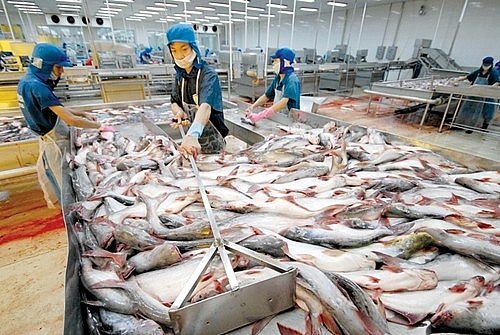 |
| Stocks rally due to trade war aid, illustration photo |
As the dark clouds clear on Vietnam’s stock market, discussion now turns to stocks that can benefit from the US-China trade war. Most investors seem to think that companies in the garment and textile sector will see the biggest opportunities, as evidenced by the recent bull run of their stock price.
For example, TNG Investment and Trading JSC’s revenue has risen by 51.72 per cent in September alone. The company expects 2018 revenue to jump 140 per cent from its original target thanks to new orders from the US.
Similarly, stocks of Century Synthetic Fiber Corporation (CSFC) have gone up by 33 per cent this month. Chairman Dang Trieu Hoa told VIR that the US is now seeking new import sources of polyester filament, and CSFC is confident that it can meet US quality standards. “This kind of yarn has a very good profit margin, so we’re working closely with partners to push our exports to the US,” said Hoa.
Other listed companies, such as Thanh Cong Textile and Garment Company, Mirae JSC, and Saigon Garmex Manufacturing Trade Company, are also delighted to be receiving new orders from the US. There is a general expectation that, to avoid tariffs, US clothing brands will diversify their supply chains and switch to Vietnam, bringing new business opportunities to the country.
“A notable US garment brand is moving its assembly line to Vietnam, and Mirae is now its official exporter. Our revenue from US customers has skyrocketed from VND165 million ($7,300) in 2016 to VND25 billion ($1.1 million) in 2017,” said Kim Chul Soo, deputy president of Mirae JSC.
Meanwhile, aquaculture businesses are also poised for strong growth. A business with great potential is Minh Phu Corporation, Vietnam’s number-one prawn exporter. Last week, its stock price hit a historic high at VND51,000 ($2.25), following a month-long bull run. Minh Phu is expected to push its exports to the US. The company also has an opportunity to increase its trade with China, which is the fourth-largest importer of Vietnamese prawn products.
Tran Hai Yen, analyst at Bao Viet Securities, wrote in a recent report that Vietnam’s catfish producers such as Hung Vuong Group, Vinh Hoan Corporation, and Nam Viet Corporation are likely to push their exports to both major economies.
Most investors are placing their biggest bets on Vinh Hoan Corporation, Vietnam’s leading catfish exporter to the US. The firm’s stock reached an all-time high of VND97,000 ($4.29) last week, after rallying by 33 per cent throughout September. When asked about the trade war, Vinh Hoan said it is switching to high-value products besides catfish and tilapia, aiming to enter a new market segment in the US.
However, despite their general optimism about Vietnam’s textile and aquaculture stocks, some concerns have been raised.
The Vietnam Cotton and Spinning Association (VCOSA), for example, is quite reserved about the positive impact of the US-China trade tensions on Vietnam’s garment and t extile industry.
According to the VCOSA, it remains to be seen how the US will impose tariffs on Chinese garment and textile products. Most Vietnamese manufacturers import their materials from China, so the tariff risk may still be a problem if the US proceeds tax all products made with Chinese materials. Moreover, if Chinese manufacturers set up garment factories in Vietnam to avoid the tariffs, they will be able to compete against Vietnamese garment producers.
Industry insiders are also concerned that Chinese manufacturers may export their products to Vietnam purely to export again to the US with a made-in-Vietnam tag. This may mean more competition for Vietnamese products.
Similarly, the Vietnam Association of Seafood Exporters and Producers also noted that both China and the US may impose stricter technical barriers on Vietnamese seafood products, due to higher protectionist sentiments in both countries.
What the stars mean:
★ Poor ★ ★ Promising ★★★ Good ★★★★ Very good ★★★★★ Exceptional
Related Contents
Latest News
More News
- Strengthen public-private partnership for innovation and sustainability (April 18, 2025 | 12:21)
- Innovation-driven solutions key to Vietnam’s energy transition (April 18, 2025 | 11:37)
- Vietnam’s green rise ensures a just transition for everyone (April 18, 2025 | 10:57)
- Vietnam - an exception in terms of FDI attraction (April 17, 2025 | 11:56)
- Green growth targets more pivotal than ever (April 16, 2025 | 15:26)
- Gold extends bullish run in Vietnam (April 16, 2025 | 11:42)
- PM urges SOEs to pioneer digital shift (April 16, 2025 | 10:00)
- Prime Minister urges COMAC to support Vietnam in developing aviation industry (April 14, 2025 | 14:25)
- Top Chinese leader begins state visit to Vietnam (April 14, 2025 | 14:12)
- Deputy PM meets lead US negotiator for trade talks with Vietnam (April 11, 2025 | 12:23)



 Tag:
Tag: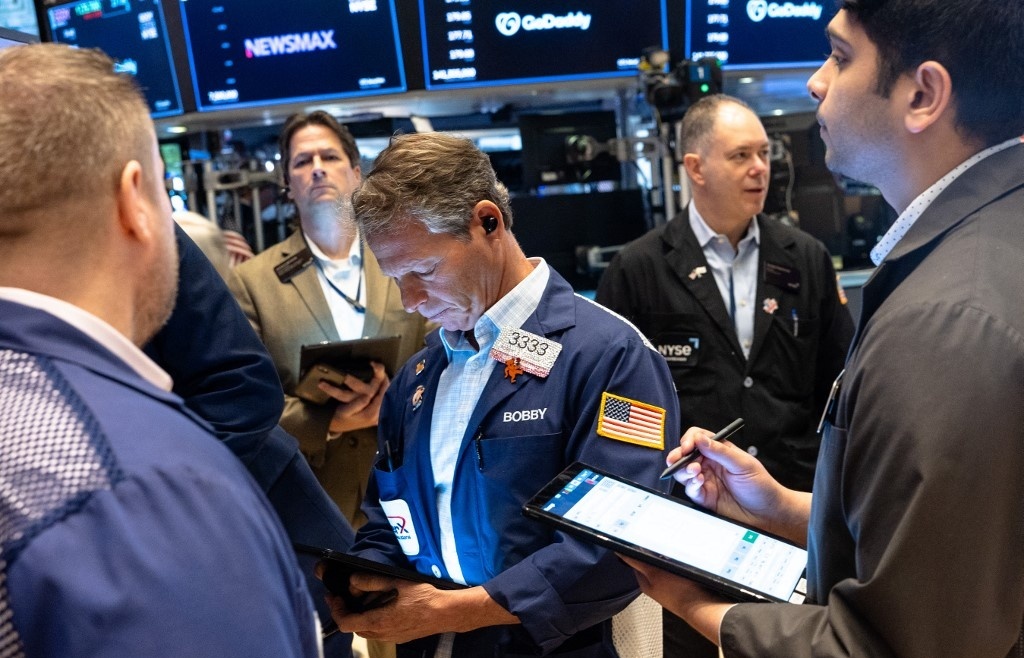
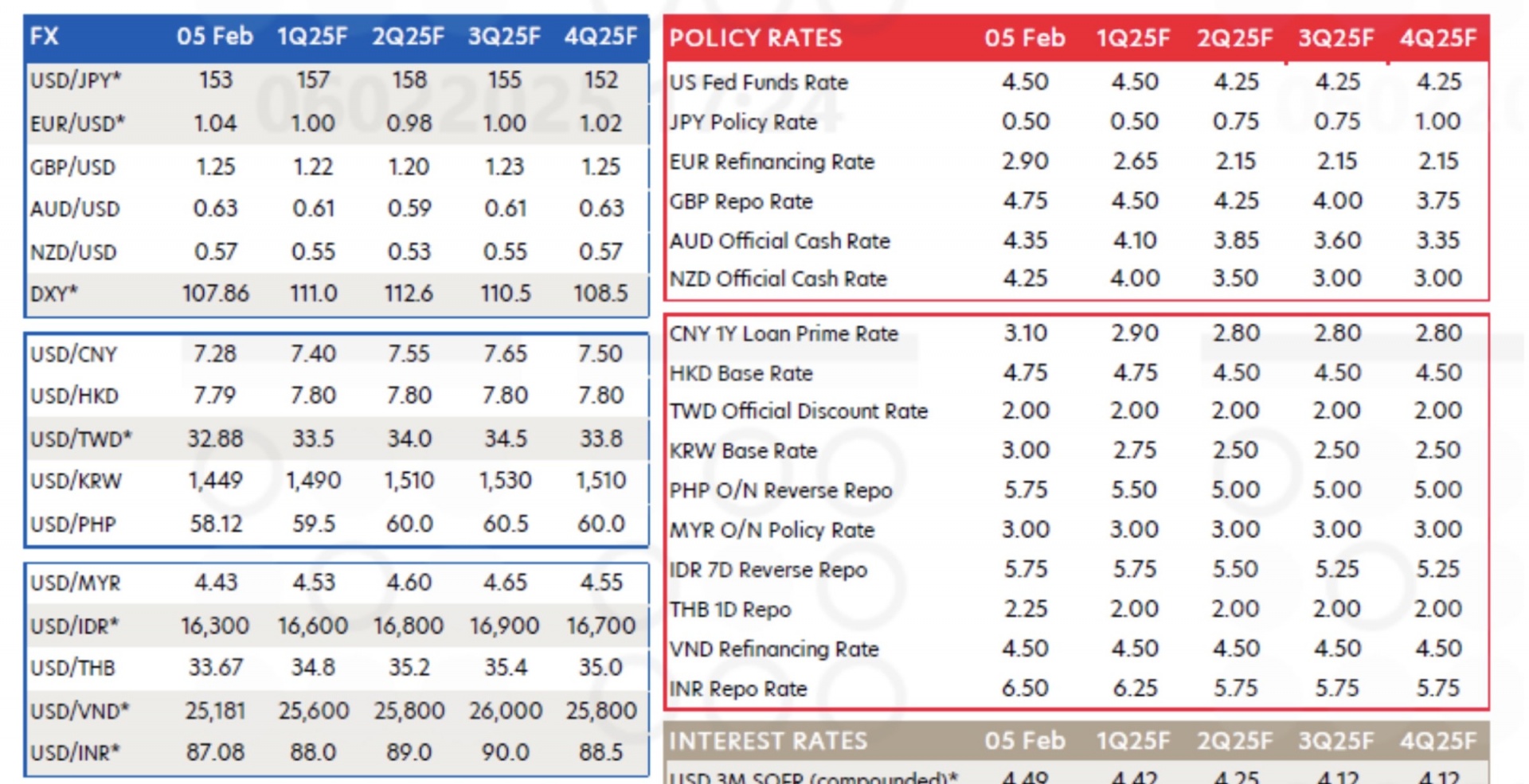

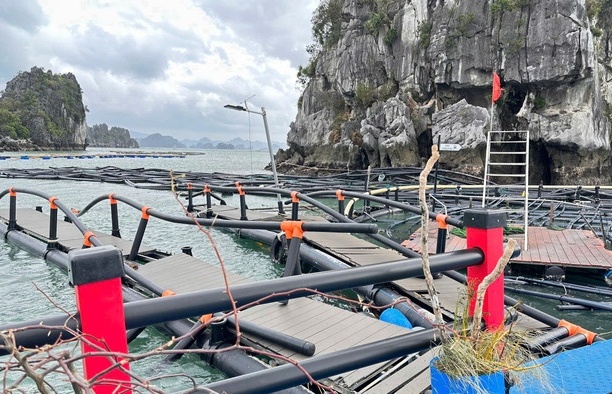
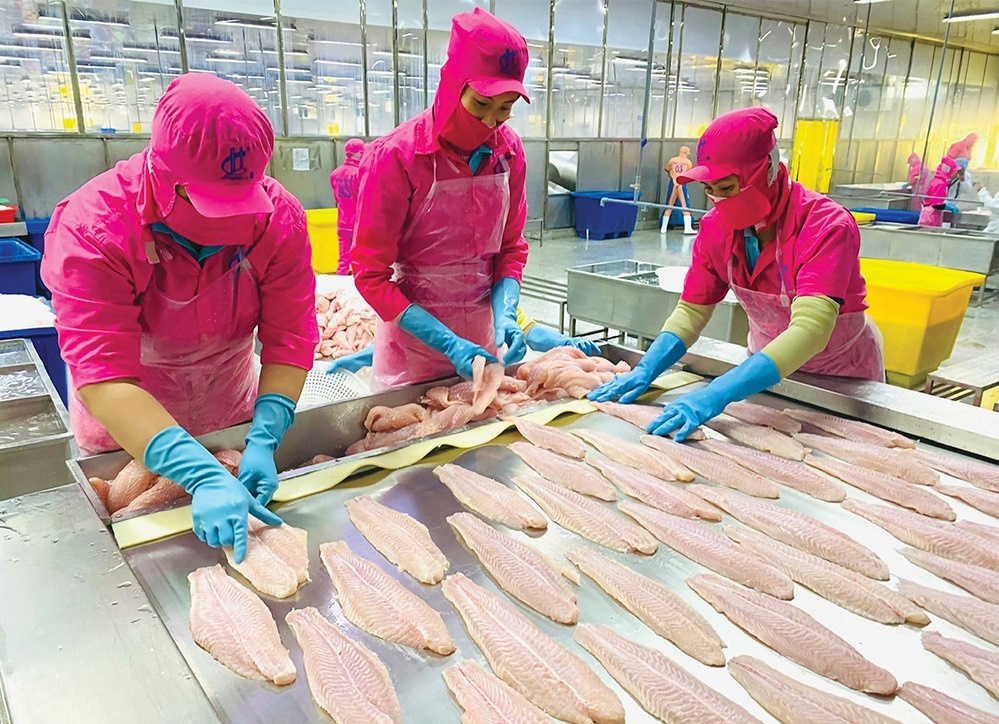
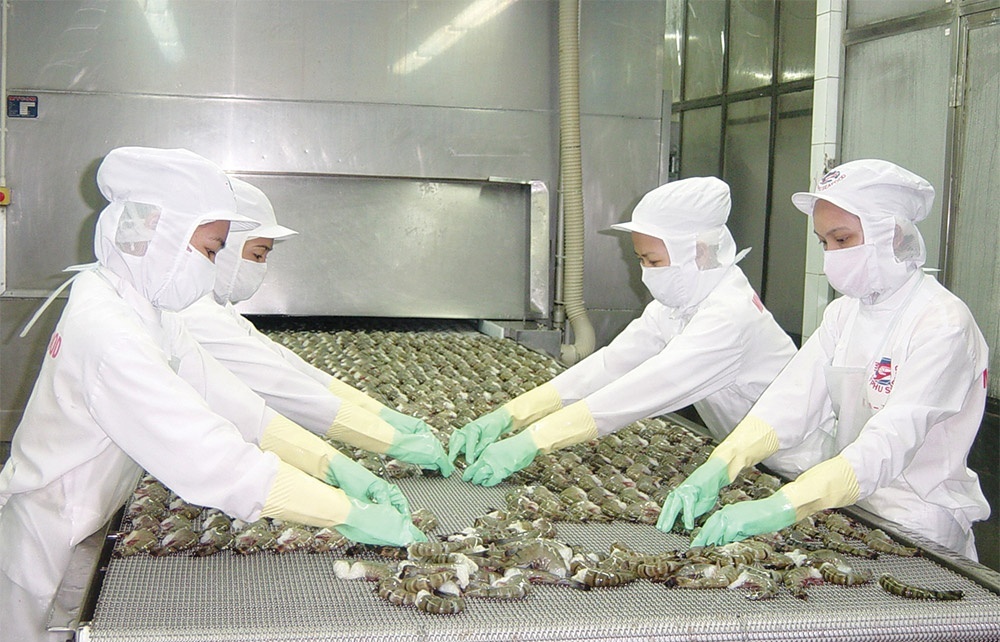


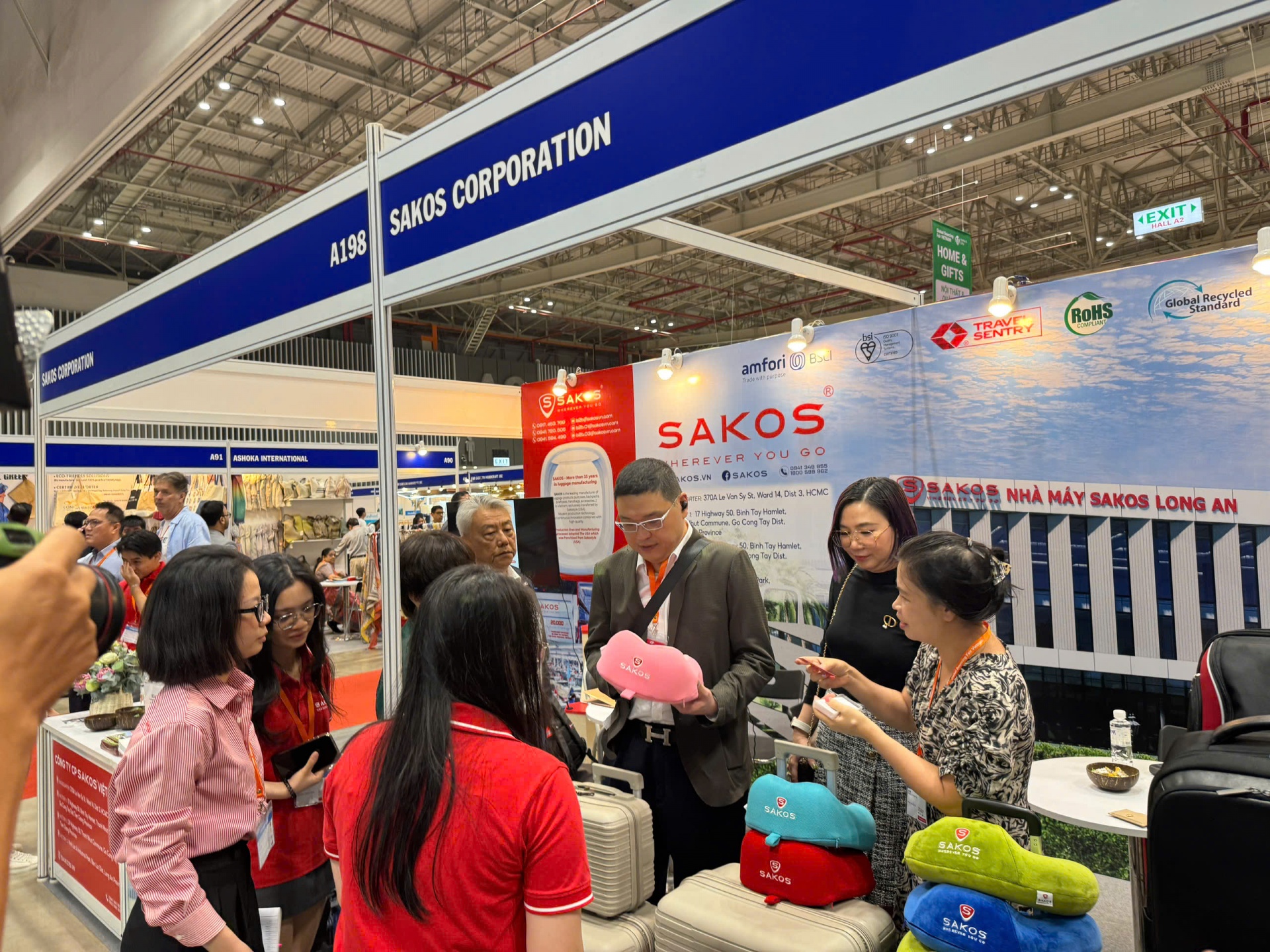
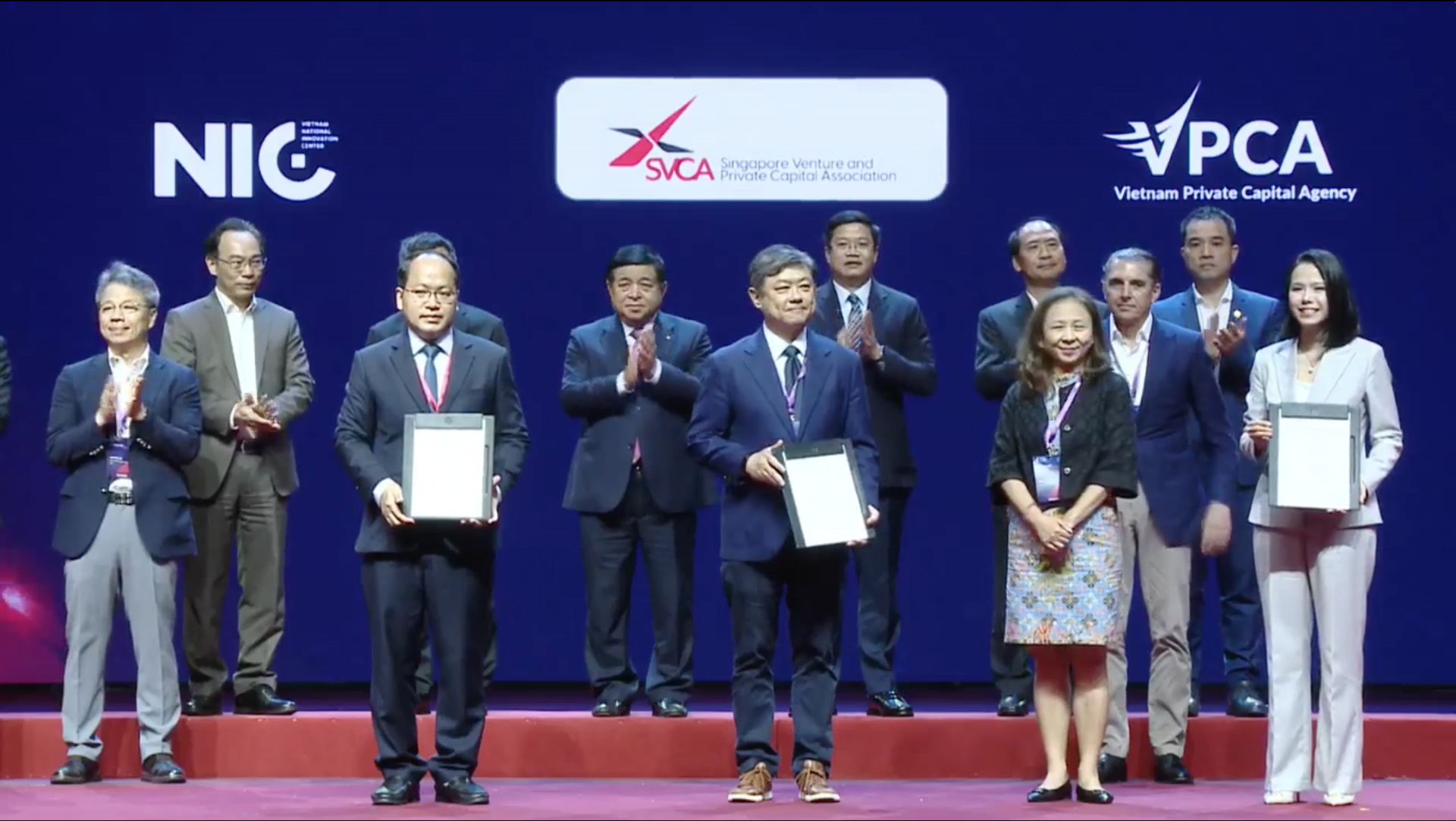
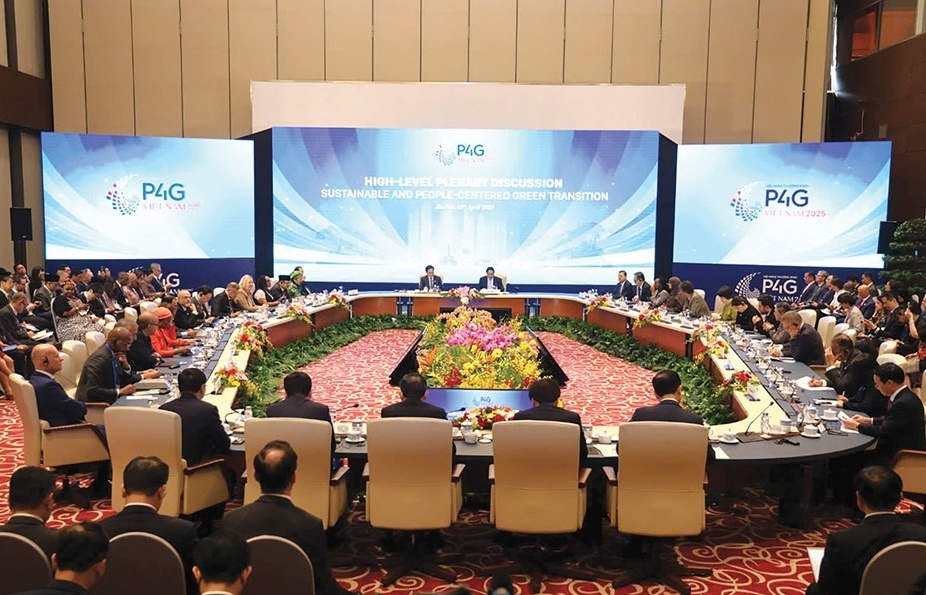





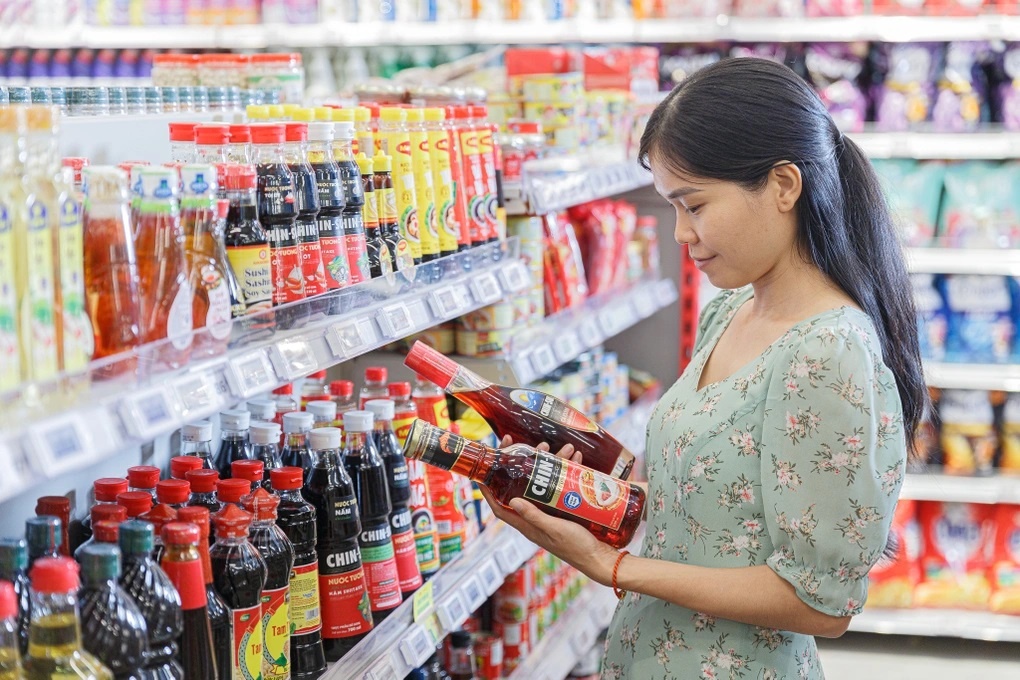




 Mobile Version
Mobile Version